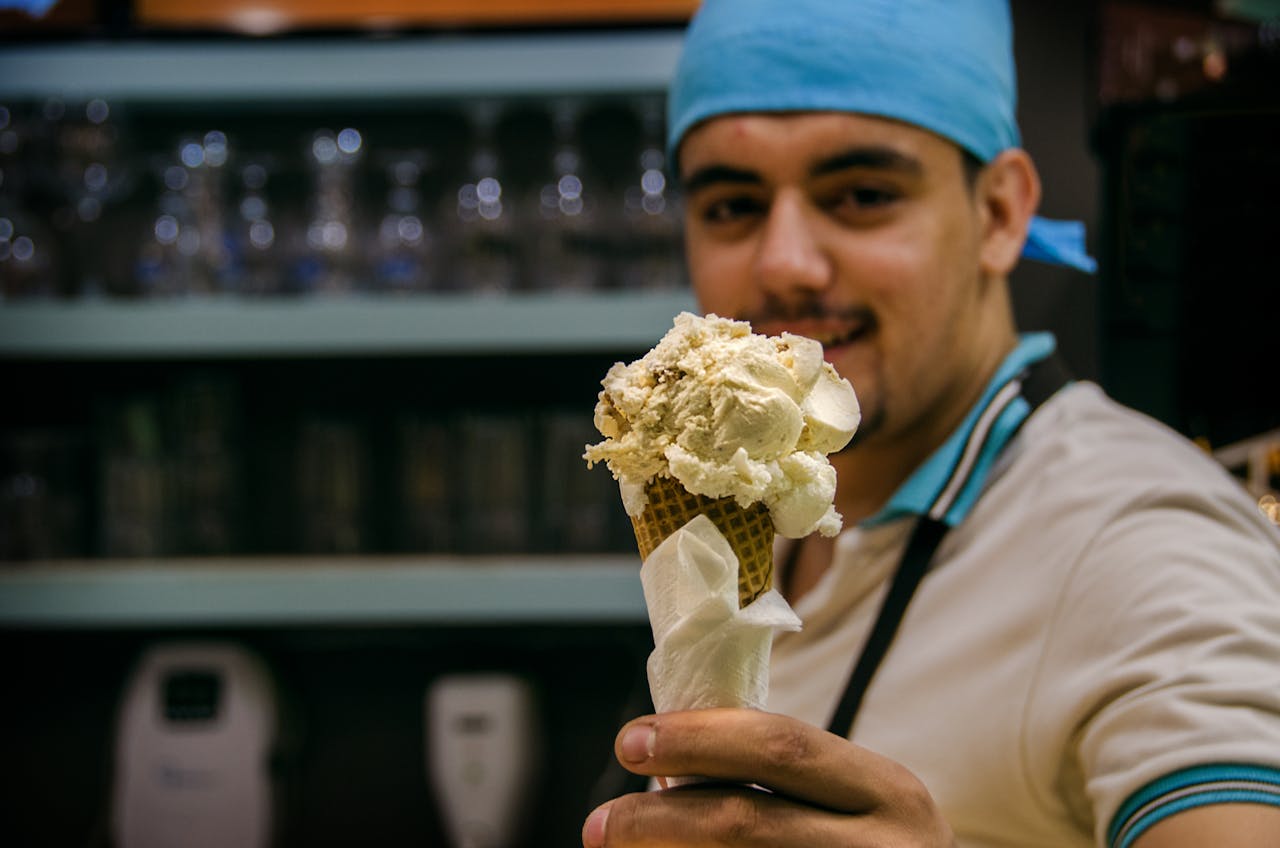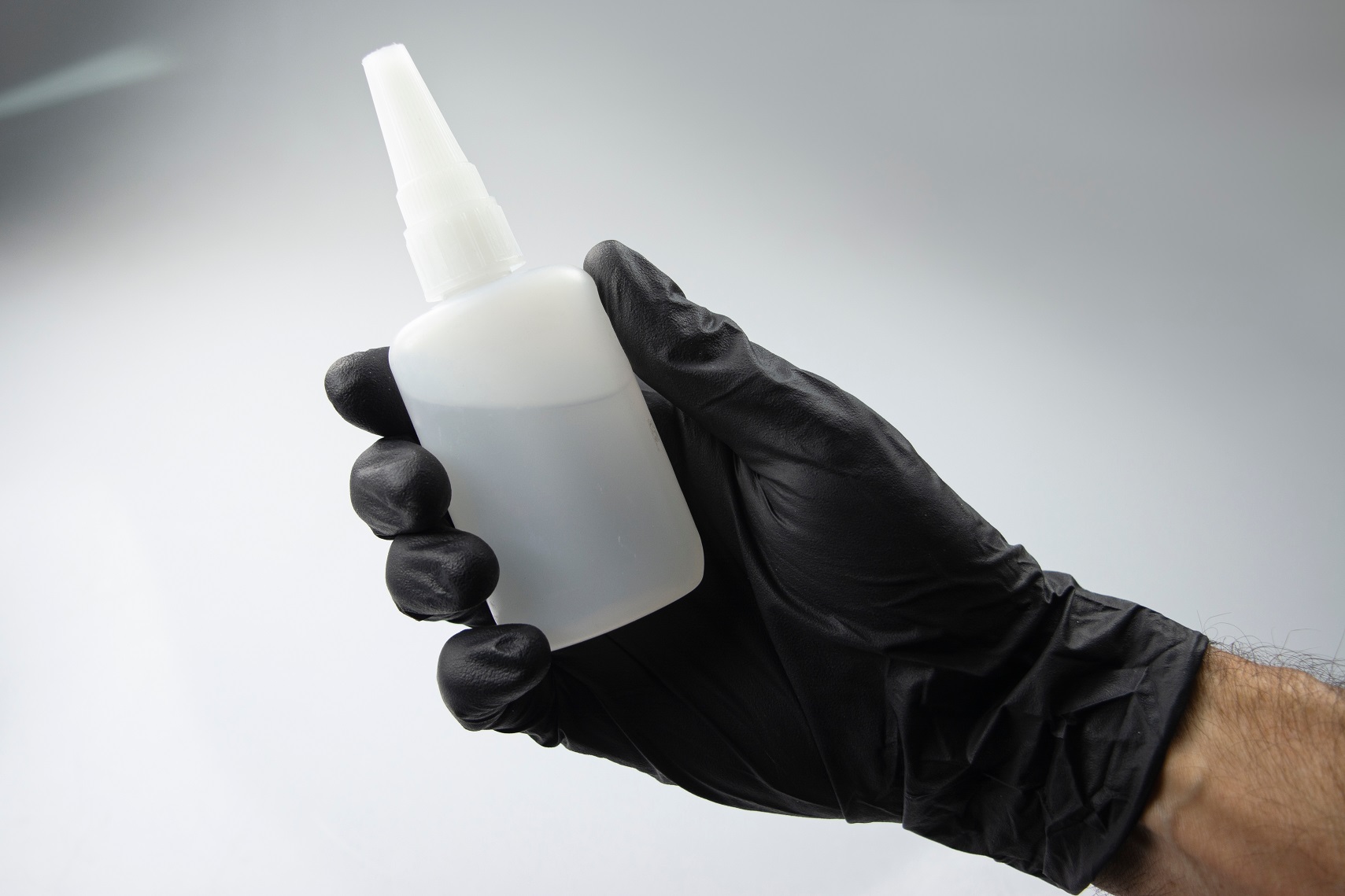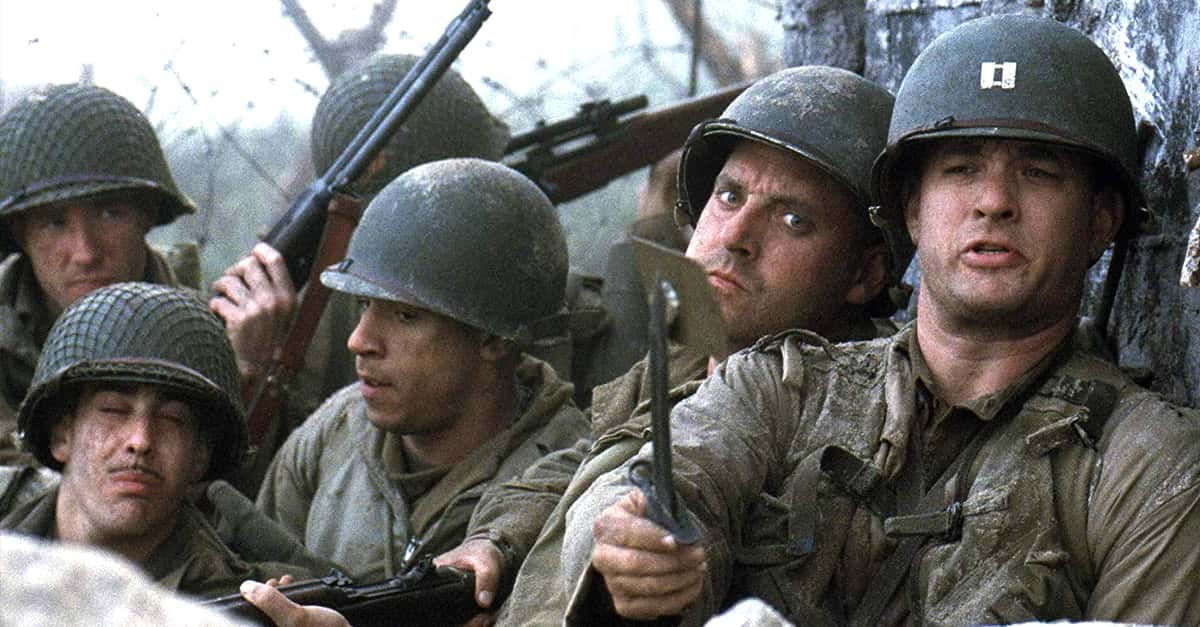Thank Goodness For Happy Accidents
There are so many inventions that we take for granted today—but these are the ones that were created completely by accident.

The Microwave
Percy LeBaron Spencer stumbled upon microwave cooking by accident. His work involved magnetrons, which are high-power vacuum tubes that produce microwaves. He had a sudden revelation when the candy bar in his pocket melted.
They Cooked His Candy Bar
Spencer realized that the magnetrons were responsible for melting his candy bar. The engineer made the wise decision to patent a box capable of cooking food with microwaves.
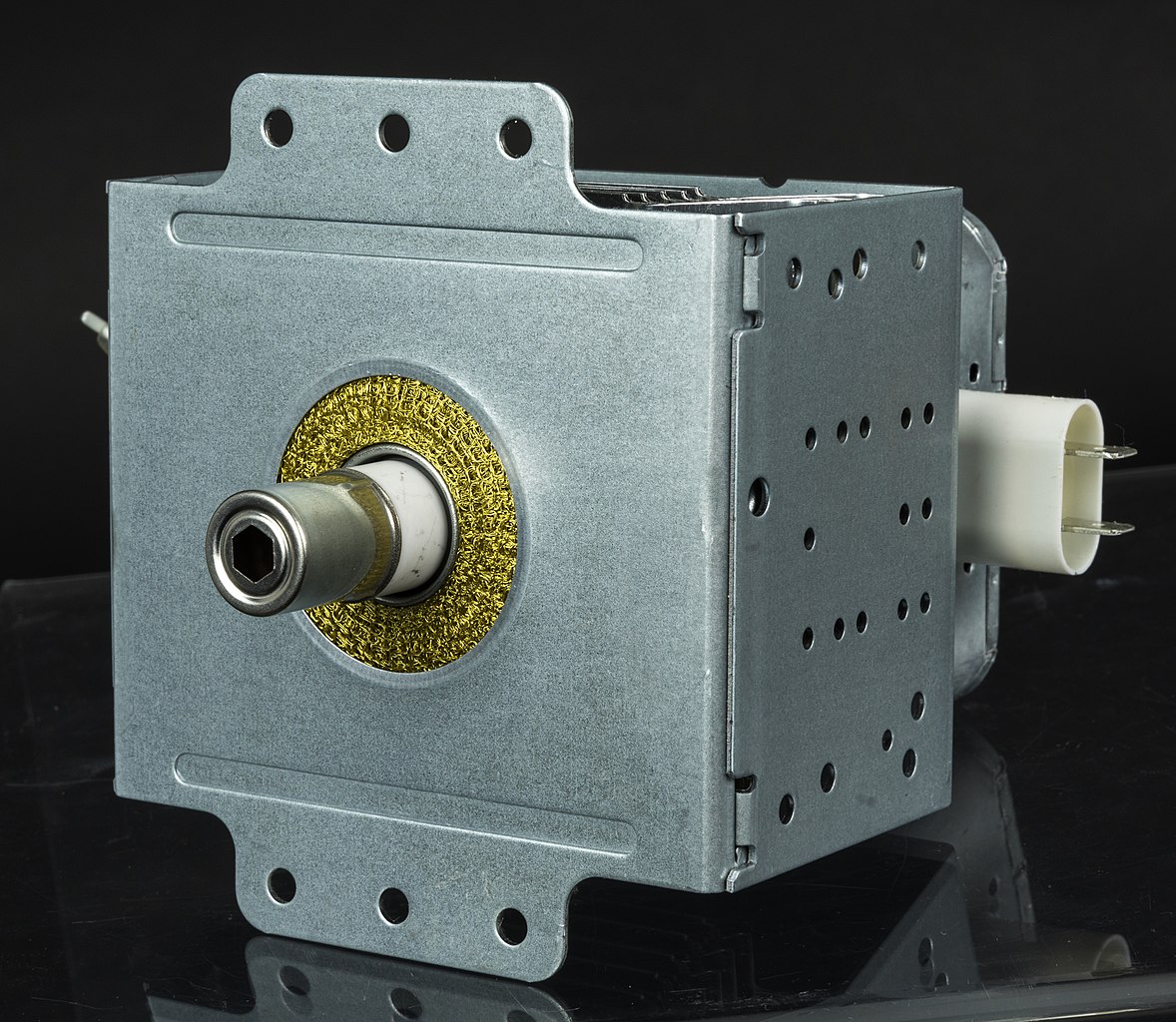 Raimond Spekking , Wikimedia Commons
Raimond Spekking , Wikimedia Commons
Penicillin
In 1928, Dr. Alexander Fleming accidentally discovered one of the first antibiotics—and changed the world of medicine as we know it.
 Topical Press Agency, Getty Images
Topical Press Agency, Getty Images
A Moldy Revelation
Fleming left out a petri dish holding cultures of Staphylococcus for a couple of weeks. Upon his return, he inspected them and made a shocking realization: the cultures hadn't grown thanks to a mold known as Penicillium notatum.
 Ministry of Information Photo Division Photographer, Wikimedia Commons
Ministry of Information Photo Division Photographer, Wikimedia Commons
Chocolate Chip Cookies
100 years ago, chocolate chip cookies hadn't been invented yet. It wasn't until 1930 that the co-owner of the Toll House Inn, Ruth Graves Wakefield, created the recipe by accident.
 Unknown Author, ShareAlike License 4.0 ,Wikimedia Commons
Unknown Author, ShareAlike License 4.0 ,Wikimedia Commons
A Happy Mistake
Wakefield had intended to bake her guests some delicious chocolate cookies, but unfortunately, she had no baker's chocolate on hand. Instead, she decided to experiment. She cut up a Nestle semi-sweet chocolate bar, hoping that it would melt into the cookie batter. NOPE.
Instead, Wakefield's cookies were the first chocolate chip cookies ever.
The X-Ray Machine
On the fateful day of November 8, 1885, Wilhelm Conrad Rontgen made a wild discovery. As a physicist, Rontgen's laboratory was in Wurzburg, Germany. While testing out a vacuum tube covered in cardboard, he saw that the screen nearby had a bizarre glow.
 Unknown Author, Wikimedia Commons
Unknown Author, Wikimedia Commons
A Mysterious Glow
This glowing screen had a chemical coating. Fascinated, Rontgen soon realized that if he placed his hand in front of the glow, he could see his bones. He decided to call these rays "X-rays," because he wasn't sure of where they came from.
 Brbbl, CC BY-SA 3.0, Wikimedia Commons
Brbbl, CC BY-SA 3.0, Wikimedia Commons
Artificial Sweetener
In 1878, Constantin Fahlberg invented the very first artificial sweetener. He was a Russian chemist. While working in the lab one day, he unintentionally tasted some of the chemicals—and made a shocking discovery. They were sweet.
A Recipe For Sweetness
Investigating the sweet flavor, Fahlberg realized that the benzoic sulfimide (saccharin) resulted from ammonia and phosphorus (V) chloride reacting with o-sulfobenzoic acid.
Post-It Notes
Dr. Spencer Silver was a 3M scientist hoping to produce a strong adhesive, but instead, created the opposite—a light adhesive that didn't stick permanently to surfaces. However, it was thanks to one of his peers, Art Fry, that the idea became a million-dollar idea.
It Was The Perfect Bookmark
Art Fry saw that he could use this adhesive on bookmarks because it didn't damage the paper. This would eventually become the Post-It note we know and love today.
Potato Chips
Snacking just wouldn't be the same without the glorious invention of the potato chip.
In 1853, Chef George Speck went out of his way to please some unhappy patrons at the Moon Lake Lodge Resort. The guests were unsatisfied with their French-fried potatoes, complaining they were too soft and thick.
All Thanks To An Annoying Customer
Speck decided to slice a batch of potatoes very thinly, and fry them up. It was an unbelievable success. The guests adored the potatoes, AKA the first potato chips ever.
Safety Glass
Thank goodness for a little mistake in the lab. In 1903, the scientist Edward Benedictus knocked a flask onto the floor. When he looked down at the broken glass, he made a startling discovery.
The Perfect Coating
The glass hadn't completely shattered. Instead, for the most part, the flask remained completely intact—just cracked. The reason? Thanks to the coating on the glass's interior—cellulose nitrate—the glass wasn't utterly destroyed. This became what we know now as safety glass.
Pap Smear
Today, the pap smear is a literal lifesaver and plays a huge role in cancer prevention. Dr. George Nicholas Papanicolaou wanted to observe the cellular changes in a woman's uterus during a menstrual cycle.
A Life-Changing Sample
Papanicolaou took some cells from a patient's uterus to inspect them, but discovered that she actually had uterine cancer. He realized he could use a microscope to detect the cancer cells.
Champagne
The monks of Champagne lived at high altitudes, which was a blessing and a curse. Though they had access to high-quality grapes, they had to pause fermenting them during the chillier months.
Where There's A Will, There's A Monk
Because of this process, by the time spring came around, the wine would be undesirably carbonated. The Catholic Church wanted to find a solution to this problem, so in 1668, they turned to Dom Pierre Perignon for help.
Does that name sound familiar?
 Michal Osmenda, CC BY 2.0, Wikimedia Commons
Michal Osmenda, CC BY 2.0, Wikimedia Commons
People Loved The Carbonation
Dom Pierre Perignon was a French monk. His task? To solve the problem of the wine's fermentation. But there was a plot wist. By the end of the century, people had become rather big fans of the carbonate wine.
The French Method
To meet the demands of the people, Dom Pierre Perignon pivoted. He sought to make the wine even more carbonated, eventually coming to the official process of producing champagne. This was was called the French Method.
Tea Bags
The patent for the mesh "Tea-Leaf Holder" originated with two women in 1901. However, the tea bags we think of today are all thanks to a tea merchant named Thomas Sullivan.
For The Love Of Convenience
Beginning in 1908, Sullivan shipped out tea samples, storing them in tiny silk pouches. However, he never intended for customers to use these silk pouches as tea bags, but they did. It was a convenience that caught on—one we still enjoy today.
Bubble Wrap
Bubble wrap was originally... wallpaper? Yes, Alfred Fielding and Marc Chavannes—two engineers—had decor plans in mind when the invented their bubbly wallpaper. However, when this dream failed, they decided to reinvent their product's purpose.
They Reinvented It
Fielding and Chavannes didn't let their bubbly wallpaper go to waste. Instead, they changed their marketing scheme. First, it was used as greenhouse insulation, and secondly, as the safeguarding bubble wrap we all love to pop.
Velcro
What would my childhood be like without my velcro sneakers? Well, turns out, velcro has a delightful origin story. It all began with the Swiss engineer, George de Mestral.
Looking At Cockle-Burs
In the 1940s, George de Mestral went on a hiking trip that changed all of our lives forever. In the Jura Mountains, he found cockle-burs attached to his pants. When he looked at them under a microscope, he observed how the burs' hooks attached to the loops of the fabric.
 Kamranki, CC BY-SA 4.0, Wikimedia Commons
Kamranki, CC BY-SA 4.0, Wikimedia Commons
Imitating Nature
Witht he help of some friends, Mestral was able to recreate nature's process with velvet and crochet. Today, we know this as "Velcro".
Smoke Detectors
Today, smoke detectors save lives, but it was discovered by accident by a Swiss physicist named Walter Jaeger. You see, Jaeger had been trying to create a different kind of sensor—one that picked up on poison gas. But one move changed everything.
 Flickr, The EnergySmart Academy
Flickr, The EnergySmart Academy
Lighting Up
Lighting a cigarette around the sensor was a game-changer. Jaeger realized that his his invention was more sensitive to smoke than poison. However, as helpful as his invention was, it was too expensive to produce in large numbers.
It Took Time
It wasn't until 40 years later that they arrived at an affordable smoke detector—one that could be installed in every home.
Ice Cream Cones
Reportedly, the ice cream cone was invented at the St. Louis World's Fair in 1904 when an ice cream vendor ran through all of his ice cream dishes.
Waffles To The Rescue
Coming to the ice cream vendor's rescue was Ernest A. Hamwi, who'd been manning the adjacent vendor. His brainchild? To take his waffles and mold them into a shape that could hold the ice cream. Brilliant and delicious.
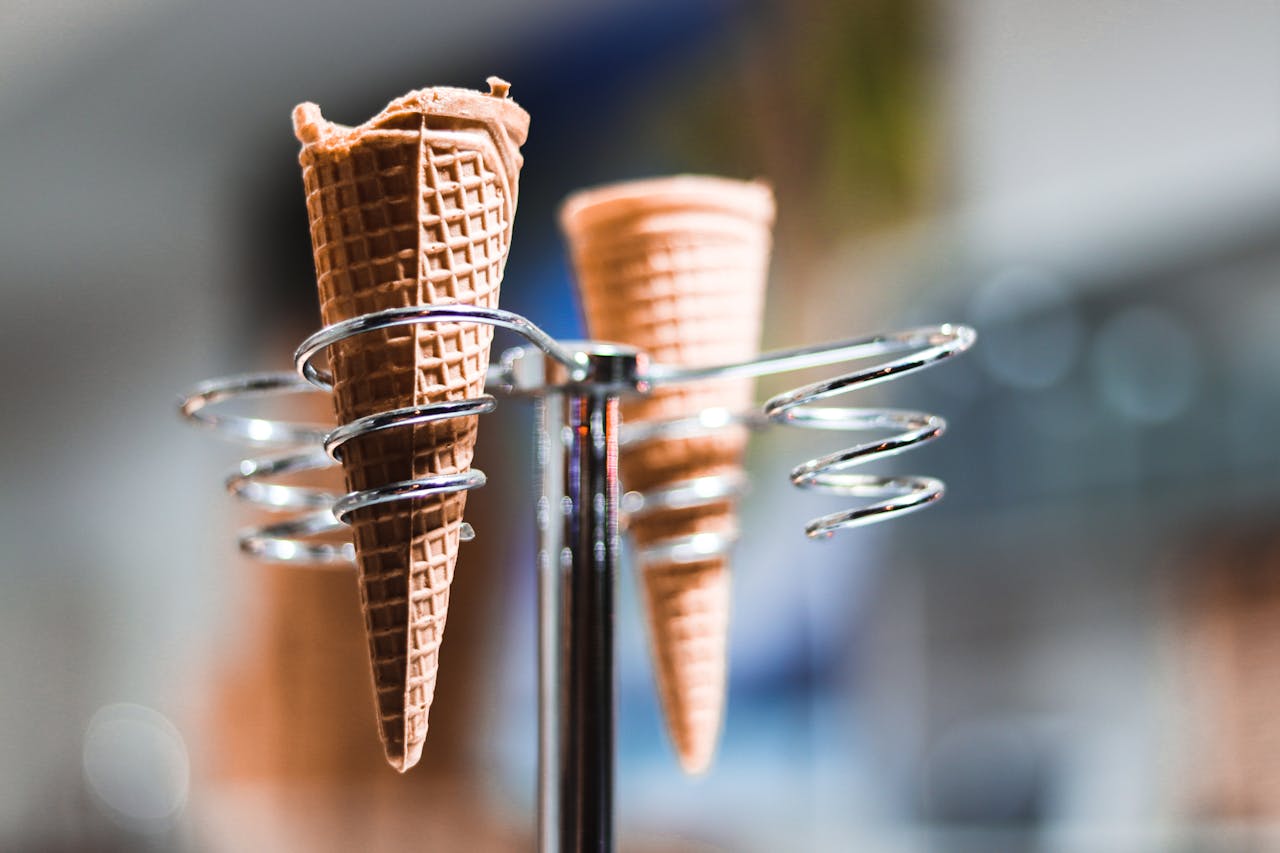 Batuhan Alper Bilginer, Pexels
Batuhan Alper Bilginer, Pexels
Vaseline
Robert Augustus Chesebrough was only 22 years old when he discovered the benefits of petroleum. He visited the town of its inception to investigate some more.
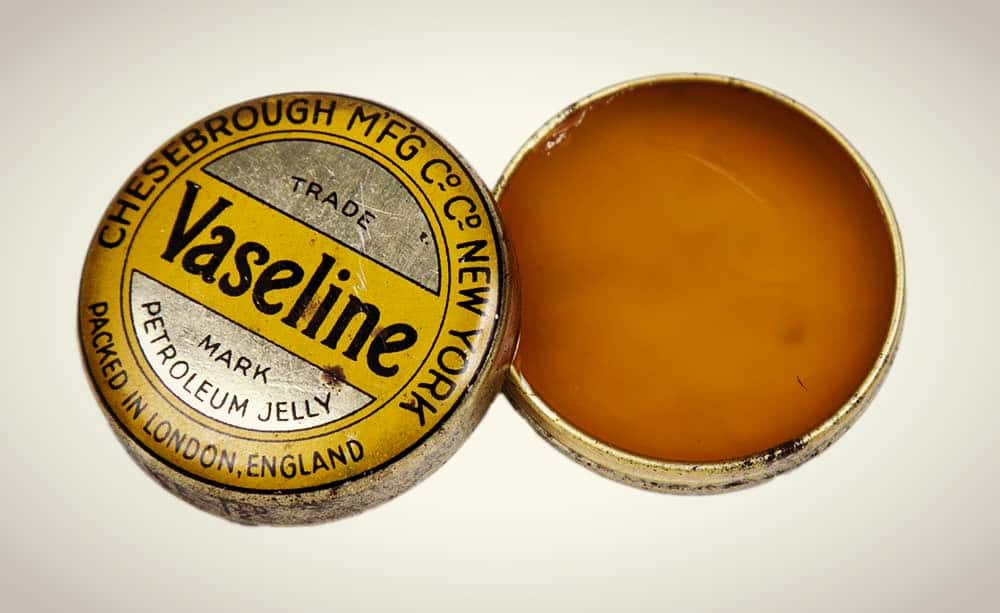 Tyne & Wear Archives & Museums, Wikimedia Commons
Tyne & Wear Archives & Museums, Wikimedia Commons
The Cure-All Jelly
Cheseborough made an astute observation. While watching workers drill for petroleum, he noticed they used its byproduct—rubbing it on their burns or abrasions for relief. And that's where the idea for Vaseline began.
 National Institute for Occupational Safety and Health, Wikimedia Commons
National Institute for Occupational Safety and Health, Wikimedia Commons
Super Glue
In 1942, Harry Coover was trying to find the best materials to produce plastic viewfinders. However, he discovered something else entirely.
 David Tadevosian, Shutterstock
David Tadevosian, Shutterstock
People Disregarded It
Coover stumbled upon a formula for a chemical that adhered to everything it came in contact with. Nobody saw any benefit to his invention, so it didn't have its moment in the sun until 1951.
It Came Back With A Vengeance
In 1951, Coover and one of his peers, researcher Fred Joyner, filed a patent for "Alcohol-Catalyzed Cyanoacrylate Adhesive Compositions/Superglue".

























